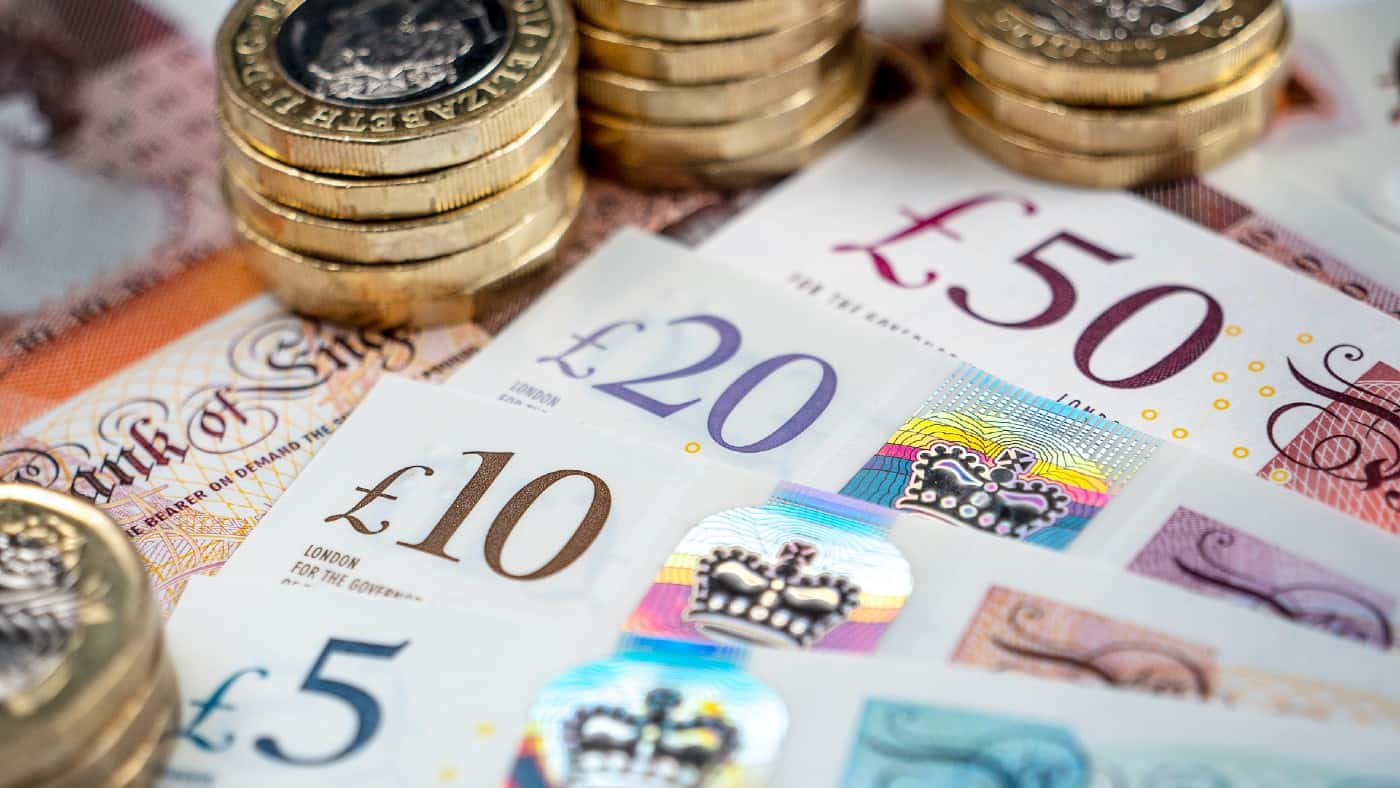Stay informed with free updates
Simply sign up to the Eurozone economy myFT Digest — delivered directly to your inbox.
The eurozone economy grew faster than forecast in the first quarter, as Germany bounced back, helping the region to emerge from its recent stagnation.
Eurozone gross domestic product expanded at a quarterly rate of 0.3 per cent in the three months to March, according to data released on Tuesday, an improvement from a contraction of 0.1 per cent in the final quarter of last year. Economists had forecast 0.1 per cent growth.
Germany’s economy grew at a quarterly rate of 0.2 per cent in the three months to March, in a marked rebound from a 0.5 per cent contraction in gross domestic product in the previous quarter.
The federal statistical agency attributed the growth to higher investment and exports, which offset lower household spending, helping it to outstrip the 0.1 expansion forecast by economists in a Reuters poll.
“The German economy found its footing at the start of the year, though this has to be seen in the context of a downward revision to fourth-quarter growth,” said Claus Vistesen at Pantheon Macroeconomics.
France, Spain and Italy also reported higher than expected GDP figures on Tuesday, indicating a broad-based upturn.
Data also published on Tuesday showed that Eurozone headline inflation remained steady and in line with forecasts at 2.4 per cent for April, after a 17-month period in which it had fallen almost continuously.
But core inflation — excluding energy and food prices — continued to fall from 2.9 per cent to 2.7 per cent, in a reassuring sign for investors hoping the European Central Bank will start cutting interest rates in June.
The euro and eurozone bond yields edged higher following the inflation data. The currency was 0.1 per cent higher against the dollar at $1.0726. Ten-year German yields, which move inversely to bond prices, were up 0.03 percentage points at 2.55 per cent.
Eurozone growth is expected to pick up further this year as inflation slows and wages rise, boosting household spending power.
Domestic consumption is also being supported by recent reductions in borrowing costs by banks in anticipation that the ECB will start cutting interest rates this summer.
French GDP expanded 0.2 per cent in the first three months of the year, according to official figures also published on Tuesday, which exceeded economists’ forecasts for a repeat of the 0.1 per cent growth from the final quarter of last year. Insee, the French statistics agency, attributed the improvement to higher government and household spending and rising investment.
Italian growth accelerated in the first quarter to 0.3 per cent, lifted by a positive contribution from net foreign demand, which offset a drag from domestic demand, according to the national statistics office. Economists had forecast growth of 0.1 per cent.
Spain’s economy also outperformed expectations by expanding 0.7 per cent in the first quarter thanks to rising domestic and external demand. The growth cemented Spain’s place as one of Europe’s strongest recent performers. Economists had expected a rise in Spanish output of 0.4 per cent.
France on Tuesday also reported higher consumer price growth than expected of 2.4 per cent in April, following similarly above-forecast inflation figures of 3.4 per cent for Spain and 2.4 per cent for Germany.
Consumer spending rose sharply in France and Germany at the end of the first quarter, according to separate data released on Tuesday. French retail sales increased 0.4 per cent in March, while in Germany they were up 1.8 per cent, rebounding from a 1.9 per cent decline in February to achieve the strongest monthly growth for almost a year.
However, analysts worry that France’s efforts to reduce its stubbornly high budget deficit could weigh on the economy later this year. Vistesen warned that consumer spending would slow “as household sentiment and purchasing intentions are curbed by threat of a tax increase to rein in the budget deficit”.
Additional reporting by Philip Stafford in London
Credit: Source link














